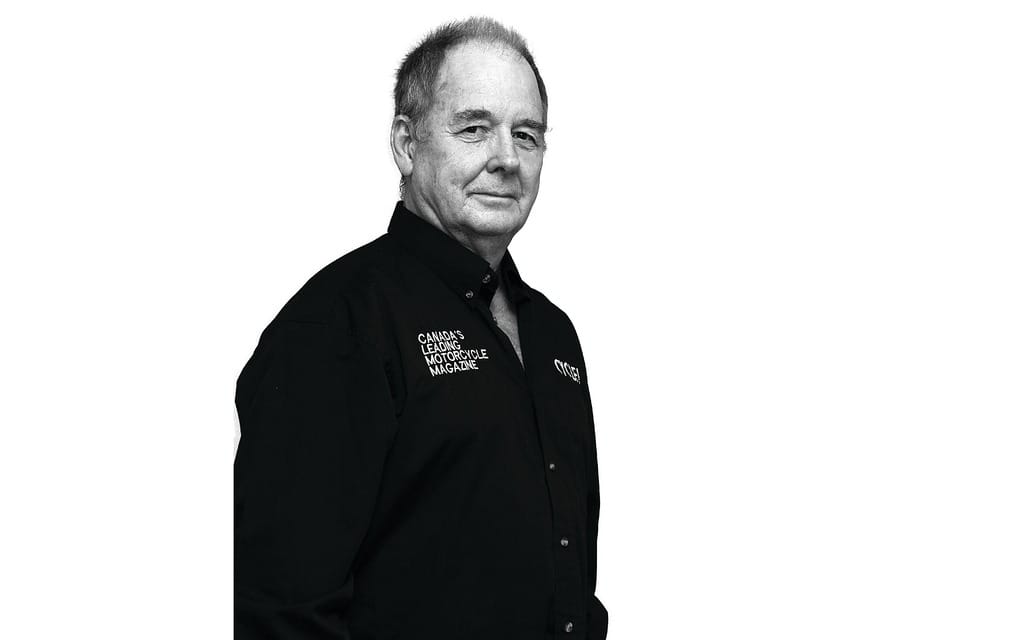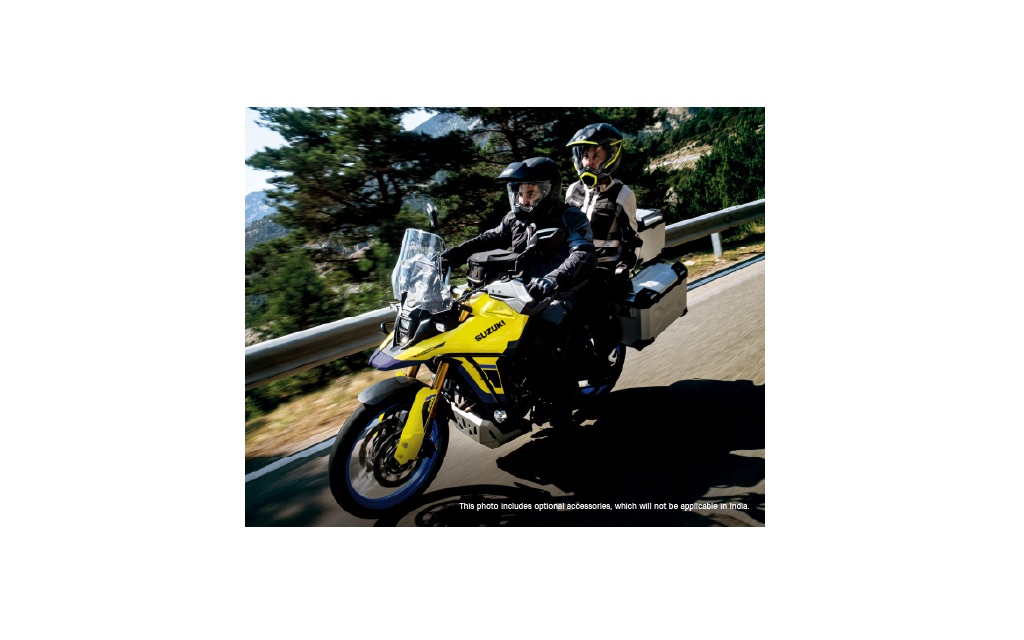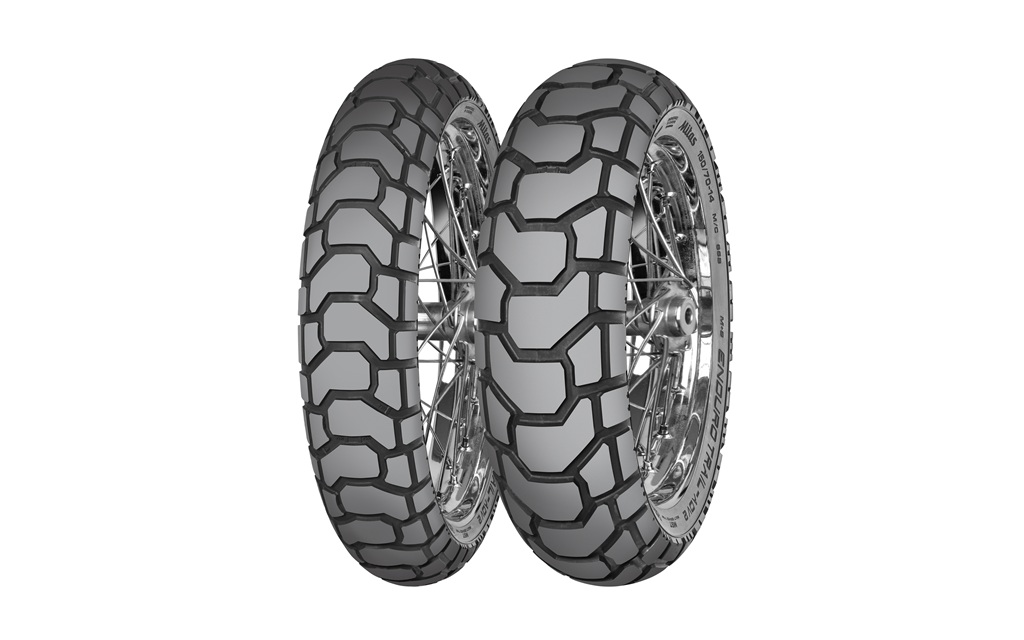As Michael Uhlarik writes in his Insider column this month, the motorcycle industry is going through a period of change. In part, the Internet’s presence is responsible for this. With so much of the world lying at our fingertips, the act of visiting a motorcycle dealership is becoming less common, and this is hurting dealers.
It’s not just motorcycle dealerships that suffer, however. The magazine you hold in your hands, for instance, represents a commodity that’s becoming more scarce every year. With advertising revenue sinking, Cycle Canada is finding it harder every year to continue publishing. So for 2019 and beyond, the magazine will reduce its publication schedule from 10 to eight issues per year by combining four issues into two. The next issue of Cycle Canada will show this change: where we previously published a September-October issue and a November-December issue, we will now also put out a January-February issue, and a combined July-August issue.
Gone are the days of Brave Beaver Press and a Canadian motorcycle magazine that could afford to send its staff to Florida for Bike Week, or to carry out a Fall Tour with four or more riders and an expensive motel-and-food bill. That’s a sad development—some of the best writing in Cycle Canada has been about the annual Daytona event, and, 180 degrees around the calendar, the Cycle Canada Fall Tour. If you’ve been reading Cycle Canada for a long while, you might remember Bruce Reeve’s account of Canadian AMA Superbike rider Miguel Duhamel’s sensational Daytona 200 win with a leg so badly injured that he had to be helped onto the bike. If the ride was brilliant, the coverage in Cycle Canada was equally so.
Fall Tour stories were a little funnier and a lot (for the most part) less dramatic than the Daytona stories, but the magazine’s readers, and I can testify that writers as well, generally enjoyed them.
So much has changed. When I first walked into a Cycle Canada office, somewhere around 1983, John Cooper was the editor. Blink, and it’s Bruce’s turn—he would last about 20 years, and it was Bruce Reeve who turned Cycle Canada into one of the best magazines available, of any type, in Canada. Blink again, and Bruce is gone, replaced by Costa Mouzouris, and once more, and it’s Neil Graham, who hired me as a staff writer. Meanwhile the ownership of the magazine was changing, and with that came some friction that led to changes in editor. It’s all spilled milk under the bridge now, but how the job of writing a monthly editorial column came to me, I’m not sure I could explain. I can’t say how much longer I’ll be doing it, either, though I can tell you that as much as the motorcycle industry needs new blood, Cycle Canada could use some of that, too.
In October, the United Nations’ Intergovernmental Panel on Climate Change issued a report that everyone should find terrifying. According to the scientists who have studied global warming and written their findings into the report, if human activity doesn’t radically change the way it’s conducted, we’ll be screwed before people born this year are old enough to ride motorcycles. It’s a serious threat, and it’s caused by things that use gasoline, oil, and coal, and other fossil fuels. And yet, here we are, writing about, and reading about, motorcycles. Some of you will be rolling your eyes now, but I am convinced that we are close to a global catastrophe, if we haven’t already rolled into one. Turn on your TV and check the news—try to find a newscast that doesn’t mention dangerous weather. We’re so used to it that, like mass shootings in the U.S. are getting to be, we hardly notice it anymore, unless it’s our home that’s broken by a tree that collapses in a storm or that burns in an uncontainable forest fire.
What can we do? We’re not going to stop riding motorcycles if we can help it, are we? I don’t want to, and in a couple of weeks, as I write this, I’ll board a jet for New Zealand and a couple of weeks of riding there. I feel guilty about contributing to the problem (passenger jets are in no small way assisting the process of warming the planet) but I’ll do it because I want to. And yet, I’m wondering if I should stop making myself available for such enterprises. That would hurt. A lot.
So here we are, facing a global catastrophe, writing and reading a magazine about a subject that contributes to that catastrophe. And because the economics of magazine publishing, and perhaps motorcycle manufacturing, are failing, we’re looking at cutting back because the economy demands it. Not because we’re fiddling while Rome burns, but because we simply can’t afford so much anymore. Here’s my suggestion: let’s convince the manufacturers to spend more money and effort on developing motorcycles that don’t pollute. And while we’re at it, let’s remind them that women and girls like motorcycles, too. If the major manufacturers devote themselves to find out how to make really good electric motorcycles, and then build some of them so that women (and men, too) who are less than 175 centimetres tall can actually sit on them, not much will be actually done to reduce climate change. But at least we’ll be able to say we tried.
Subscribers to Cycle Canada won’t be ripped off with this change of issuage (that’s not a real word, so don’t look it up). You’ll still get the number of issues you paid for—you’ll just have a couple of extra months in which to enjoy reading them.






It seems incredibly ironic that at a time when motorcycle sales are way down in North America we have more new and superbly capable bikes to choose from than we’ve ever had. I suppose we can thank the exploding Asian market for the fact that our favourite motorcycle manufacturers are able to stay afloat in black ink, rather than drowning in the red stuff.
Very well written article that provokes much thought about many subjects. The bottom line remains that the only certain thing is change. Nothing stays the same and never has.
An even more disturbing thought is what happens to motorcycles in 20 years when vehicles are autonomous, linked, monitored and controlled by a traffic-flow grid computer? It will mean riding in the country for pleasure only, provided you can somehow get out of the city with a vehicle which is non-compliant with the grid.
Where is the January/February issue? It is March 1st already. The last issue was Nov/December
The January/February issue should be in stores now.